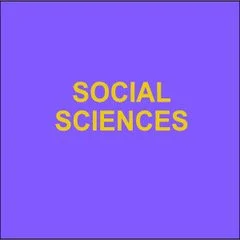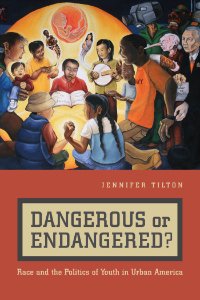By Abby Chin
At the Olympic Games Rio de Janeiro 2016, world champion and Russian swimmer Yulia Efimova walked into the Olympics Aquatics Stadium not to cheers, but to the sound of boos.2 The crowd, and many athletes, condemned Efimova as a drug-using outcast who should not be allowed to compete in the Games. At the Rio Olympic Games, Efimova was one of seven swimmers from the Russian Federation who were formerly banned from the competition due to previously failed drug tests and the “World Anti-Doping Agency’s investigation into state-sponsored doping.”3 However, after an intense arbitration process, Efimova and her teammates were approved for competition. Efimova’s doping dispute began in 2013 when she received her first positive drug test and served a sixteen-month suspension.4 Next, in 2016, she tested positive for meldonium—the substance at issue for the alleged Russian state-sponsored doping.5 However, because meldonium did not officially become a banned substance until January 2016, many athletes claimed that, although they were no longer actively taking it, they were still testing positive because traces of meldonium were left in their system.6 This left a question about who would decide an athlete’s future competition eligibility after a positive test. While many different agencies were involved, Efimova’s positive drug test came from the World Anti Doping Agency (WADA). A positive test usually leads to a suspension, which athletes can appeal through the Court of Arbitration for Sports (CAS). However, because the positive test results occurred in an Olympic year—and with the was scrutiny of the entire Russian Olympic Federation—the International Olympic Committee (IOC) would also influence the outcome of the doping investigation.7 In its press release, the IOC stated athletes who had served prior suspensions unrelated to meldonium would be banned.8 If meldonium was the athlete’s first offense, it was up to the individual federations governing each sport to decide the fate of each individual athlete.9 However, the IOC decision conflicted with CAS precedent, which allowed athletes to return to competition with a clean slate after serving their entire suspension for a positive drug test.10 As a result, there was confusion and uncertainty as to whether these Olympic athletes could compete.11 Efimova appealed to the CAS, requesting to be reinstated to compete as she had already served her suspension. The CAS, believing it was inappropriate to ban athletes like Efimova for having already served suspension, granted the appeal.12 Efimova was able to compete in Rio despite the backlash of many other competitors and nations.13 Whether Efimova deserved the backlash, it became clear there was a significant problem with the uncertainty and lack of knowledge as to the appropriate process for punishing athletes who tested positive. Through the different rulings of the three major governing bodies involved, Efimova was placed under rigid scrutiny, in part because people did not understand the disciplinary process, her right to an appeal, and her right to receive relief from her sanction. This Note will examine the effect of the governing bodies, specifically during an Olympic year, on athletes involved in doping disputes and suggest a more streamlined arbitration process for the governing bodies to use when determining the eligibility of athletes in doping disputes. Currently, the arbitration process lacks transparency and efficiency because of the arbitrator selection process, the costs associated with bringing a dispute in front of an appeals panel, and the mandatory nature of arbitration in international sports. Hence, to create more just dispute outcomes, the arbitration process should become more informal, and athletes should be given the option for a final appeal. Section II of this Note discusses the different governing bodies and their processes for dealing with doping disputes. Section III demonstrates how the different governing bodies work around each other when handling disputes. This section also analyzes the positive and negative impacts of the way in which governing bodies work together. Section IV explores Efimova’s doping dispute in depth to provide an example of the arbitration process. Section V specifically describes the current concerns with the CAS arbitration process and ultimately offers a possible solution for a better-streamlined dispute process, such as modifying the current arbitration and arbitrator selection proceedings or allowing for an appeal from a CAS arbitrator decision.
OHIO STATE JOURNAL ON DISPUTE RESOLUTION [Vol. 33:3 2018]






